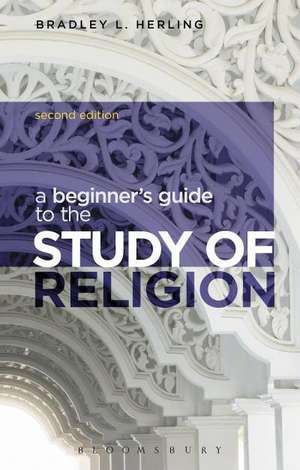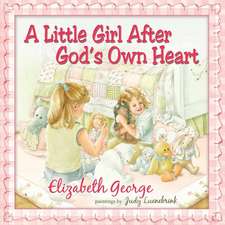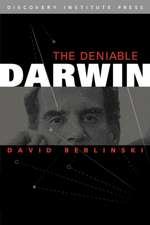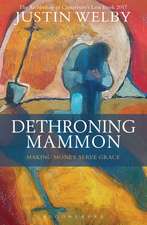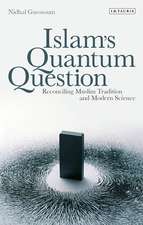A Beginner's Guide to the Study of Religion
Autor Dr Bradley L. Herlingen Limba Engleză Paperback – 9 mar 2016
| Toate formatele și edițiile | Preț | Express |
|---|---|---|
| Paperback (1) | 164.13 lei 3-5 săpt. | +48.19 lei 4-10 zile |
| Bloomsbury Publishing – 9 mar 2016 | 164.13 lei 3-5 săpt. | +48.19 lei 4-10 zile |
| Hardback (1) | 537.55 lei 6-8 săpt. | |
| Bloomsbury Publishing – 9 mar 2016 | 537.55 lei 6-8 săpt. |
Preț: 164.13 lei
Preț vechi: 202.76 lei
-19% Nou
Puncte Express: 246
Preț estimativ în valută:
31.41€ • 32.45$ • 26.14£
31.41€ • 32.45$ • 26.14£
Carte disponibilă
Livrare economică 04-18 martie
Livrare express 15-21 februarie pentru 58.18 lei
Preluare comenzi: 021 569.72.76
Specificații
ISBN-13: 9781472512772
ISBN-10: 1472512774
Pagini: 200
Dimensiuni: 138 x 216 x 18 mm
Greutate: 0.25 kg
Ediția:Revised
Editura: Bloomsbury Publishing
Colecția Bloomsbury Academic
Locul publicării:London, United Kingdom
ISBN-10: 1472512774
Pagini: 200
Dimensiuni: 138 x 216 x 18 mm
Greutate: 0.25 kg
Ediția:Revised
Editura: Bloomsbury Publishing
Colecția Bloomsbury Academic
Locul publicării:London, United Kingdom
Caracteristici
More coverage of feminist and post-colonial critiques; new website content including study questions and worksheets
Notă biografică
Bradley L. Herling is Associate Professor of Religious Studies at Marymount Manhattan College, USA.
Cuprins
Preface for Students and Teachers1. Beginnings in the Study of Religion 2. Theory: An introduction3. Classic Theories:Part 14. Classic Theories: Part 25. Contemporary Trends in the Field6. Conclusion: Talking about ReligionAdditional readingIndex
Recenzii
In this second edition of a book designed primarily to introduce students to the academic study of religion, Herling (Marymount Manhattan College) defends the role that theory plays in opening religious studies to academic inquiry. Focusing on theoretical literacy as a way to advance the understanding of religion in general, the author reviews with discernment and cogency classic theories of religion-Otto, James, Durkheim, Geertz, Turner, Marx, Freud, Jung, Eliade, Smart, Tillich, W. C. Smith-then turns his attention to women's experiences, religion and violence, religion and science, race and ethnicity, globalization, and material culture as these topics today affect methodological developments in religious studies as a field. Herling addresses the difficulty of defining religion, the insider/outsider problem in studying religion, the need for students to defamiliarize objects of study, and issues related to the separation of theology from the academic study of religion. Well written and accessible, this book will be a welcome resource in introductory academic religion classes. The insightful review of theoretical and methodological issues in the contemporary study of religion will no doubt prove beneficial to specialists. Summing Up: Recommended. Lower-division undergraduates through faculty and professionals; general readers.
This second edition updates information on issues such as globalisation ... There is also a good amount of further reading to help the new student.
Students of religion, from the novice to the professional researcher, will find many points of resonance in this clear and compassionate representation of religion as an exceptionally broad and immensely important field of inquiry. Ideal for classroom use or personal study, this book offers a marvellous invitation to carefully consider the most crucial issues of our time.
Herling packs a lot of information into this beginner's guide to the study of religion-not only classical theories and contemporary approaches but also fundamental and controversial methodological principles and objectives-and he does so in a manner that beginning students will find eminently engaging and accessible. Here lies everything that introductory students will need to know and think about as they begin their journey into the academic study of religion.
My students appreciate Herling's accessible approach to the complex history of the study of religion. I appreciate having such a brief, well-conceived, and beautifully-written book that I can use among both lower- and upper-level students, whether as an introduction or a review.
An indispensable introduction to the study of religion, Herling's clear, intelligent, and eminently readable book is a gift for the religion instructor who seeks to infuse theory into a religion class and to the curious reader interested in learning more about religion, the religious, and religious studies. Herling makes evident that the study of religion is timely and relevant-even urgent. He brings central concepts in religious studies to life, situates classical theories of religion in a contemporary context, and helps the reader make sense of the wide and varied actions, beliefs, and experiences we call religion. This work will help readers understand lived religion in familiar and unexpected places, in secular and sacred spaces, in the United States and around the world.
The book is clear, well-written and accessible and is very useful as an introductory text.
Herling writes in the comfortable, conversational voice of an experienced teacher who knows his students well. He provides clear explanations of the significance for the field of authors and ideas that can be difficult for students to understand on their own, and he does so with welcome concision.Herling should be commended for writing a welcoming book that many students and general readers will find a helpful companion through the early stages of understanding this multifarious thing we call religion.
This second edition updates information on issues such as globalisation ... There is also a good amount of further reading to help the new student.
Students of religion, from the novice to the professional researcher, will find many points of resonance in this clear and compassionate representation of religion as an exceptionally broad and immensely important field of inquiry. Ideal for classroom use or personal study, this book offers a marvellous invitation to carefully consider the most crucial issues of our time.
Herling packs a lot of information into this beginner's guide to the study of religion-not only classical theories and contemporary approaches but also fundamental and controversial methodological principles and objectives-and he does so in a manner that beginning students will find eminently engaging and accessible. Here lies everything that introductory students will need to know and think about as they begin their journey into the academic study of religion.
My students appreciate Herling's accessible approach to the complex history of the study of religion. I appreciate having such a brief, well-conceived, and beautifully-written book that I can use among both lower- and upper-level students, whether as an introduction or a review.
An indispensable introduction to the study of religion, Herling's clear, intelligent, and eminently readable book is a gift for the religion instructor who seeks to infuse theory into a religion class and to the curious reader interested in learning more about religion, the religious, and religious studies. Herling makes evident that the study of religion is timely and relevant-even urgent. He brings central concepts in religious studies to life, situates classical theories of religion in a contemporary context, and helps the reader make sense of the wide and varied actions, beliefs, and experiences we call religion. This work will help readers understand lived religion in familiar and unexpected places, in secular and sacred spaces, in the United States and around the world.
The book is clear, well-written and accessible and is very useful as an introductory text.
Herling writes in the comfortable, conversational voice of an experienced teacher who knows his students well. He provides clear explanations of the significance for the field of authors and ideas that can be difficult for students to understand on their own, and he does so with welcome concision.Herling should be commended for writing a welcoming book that many students and general readers will find a helpful companion through the early stages of understanding this multifarious thing we call religion.
